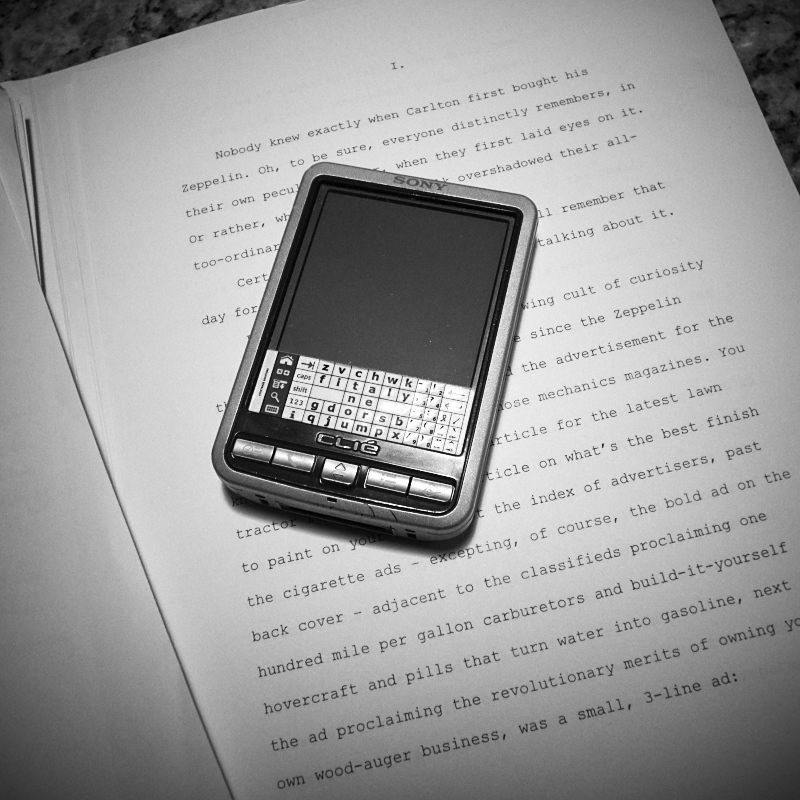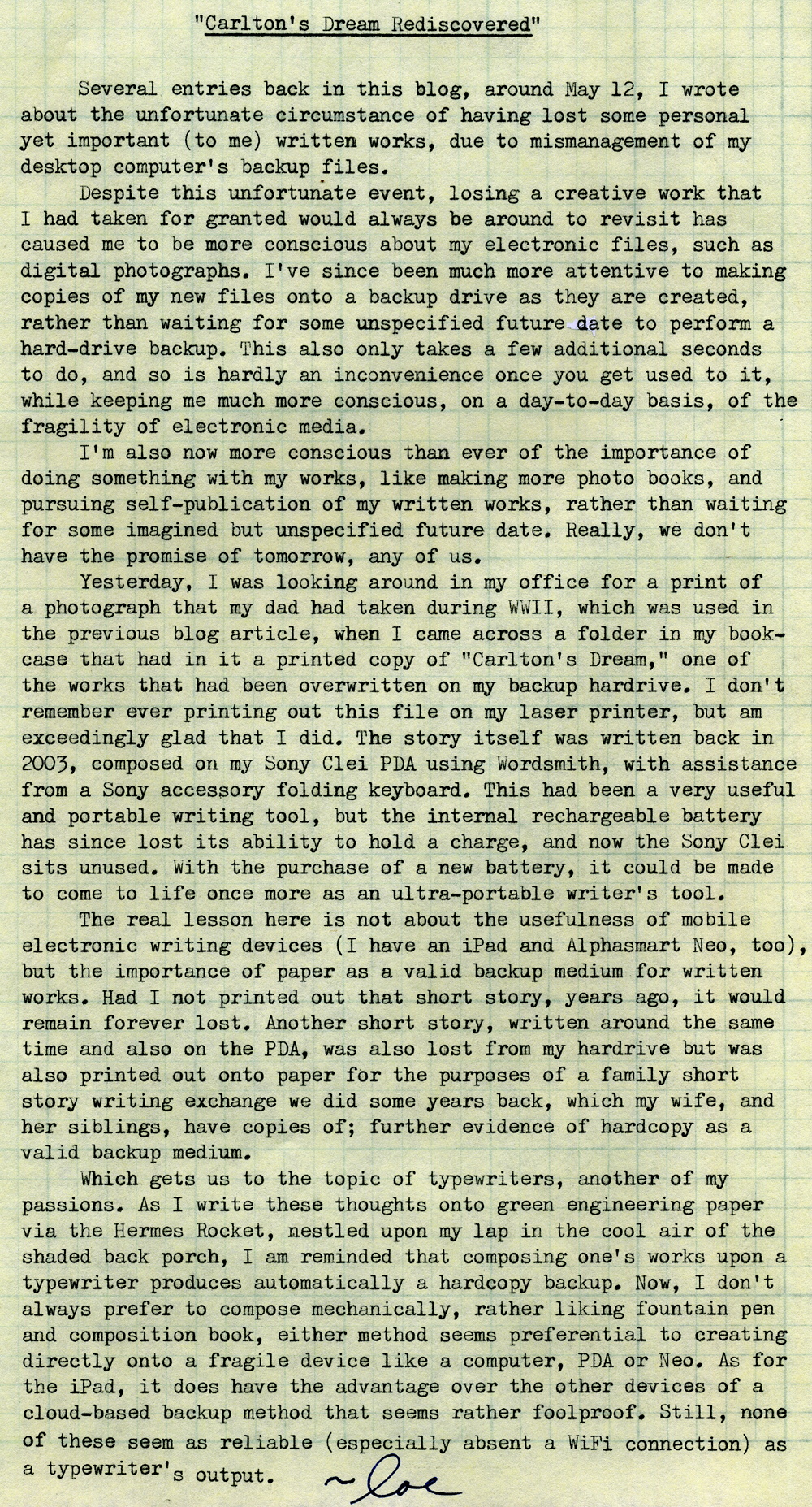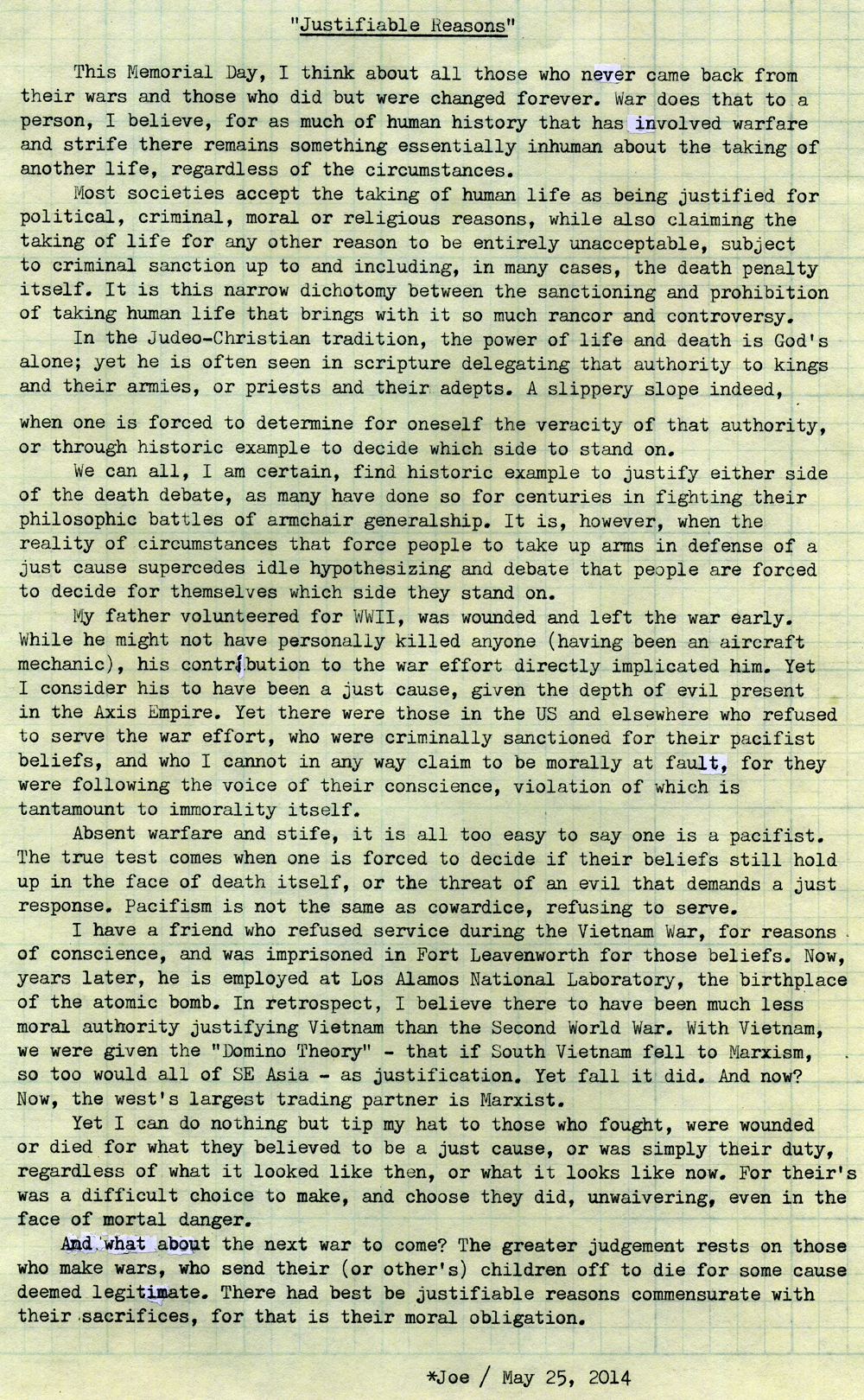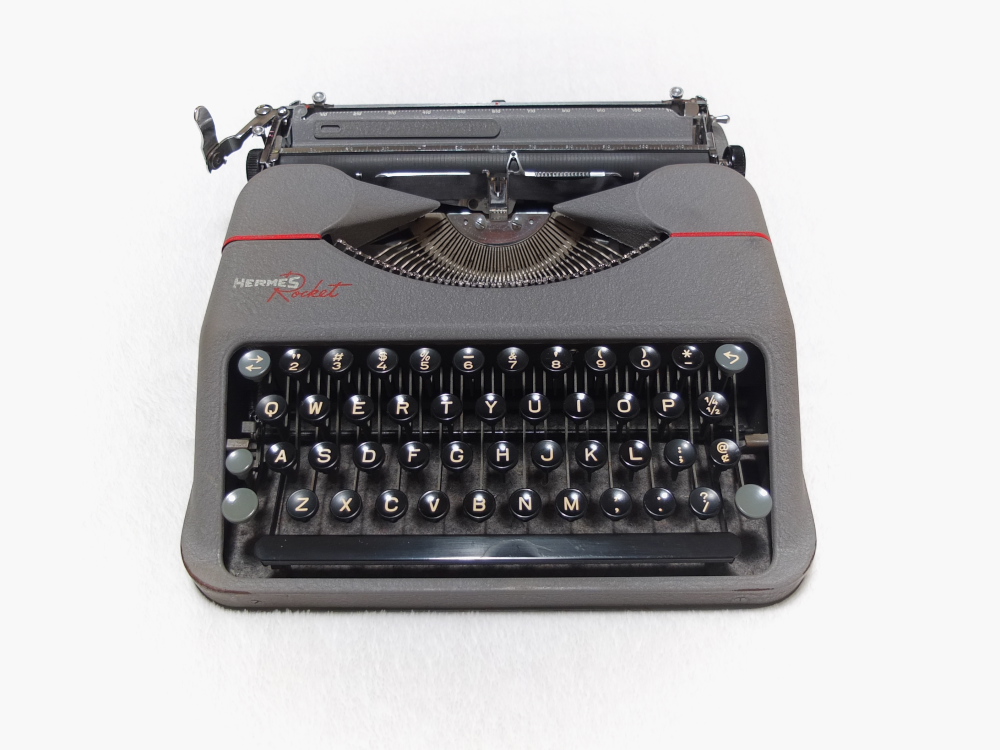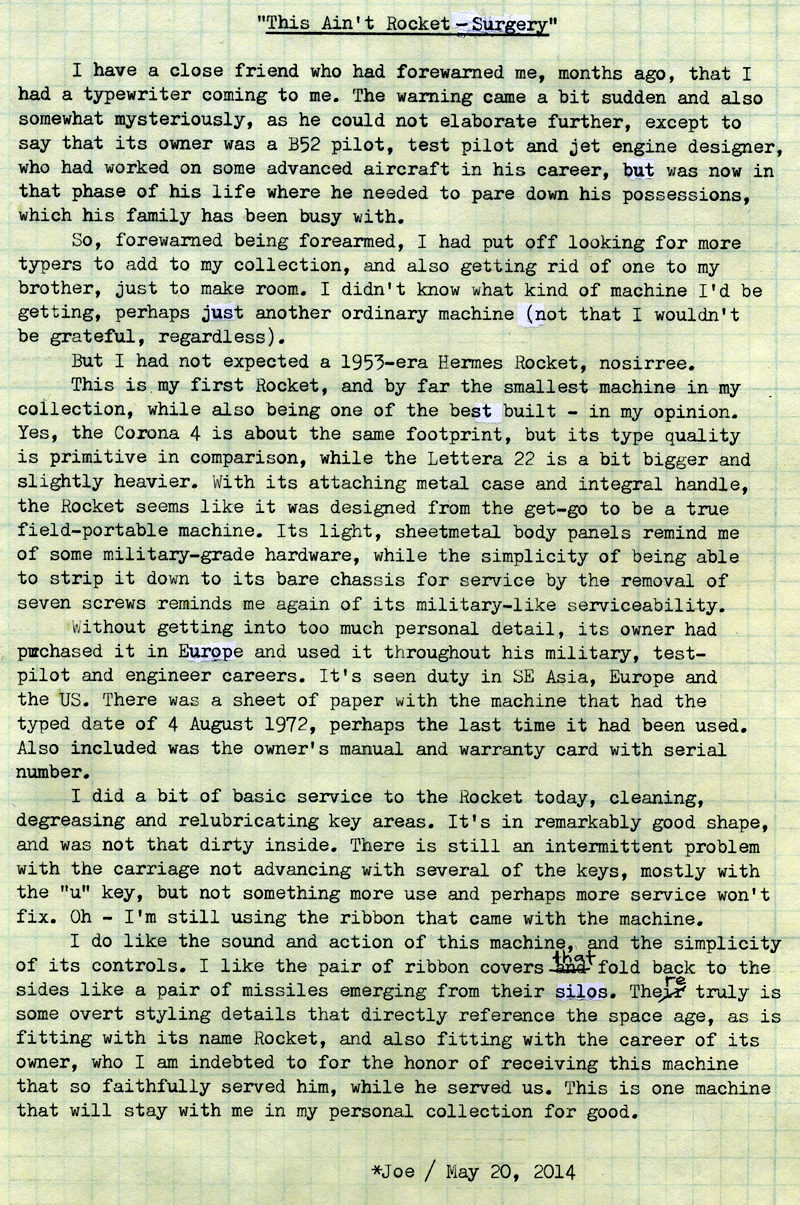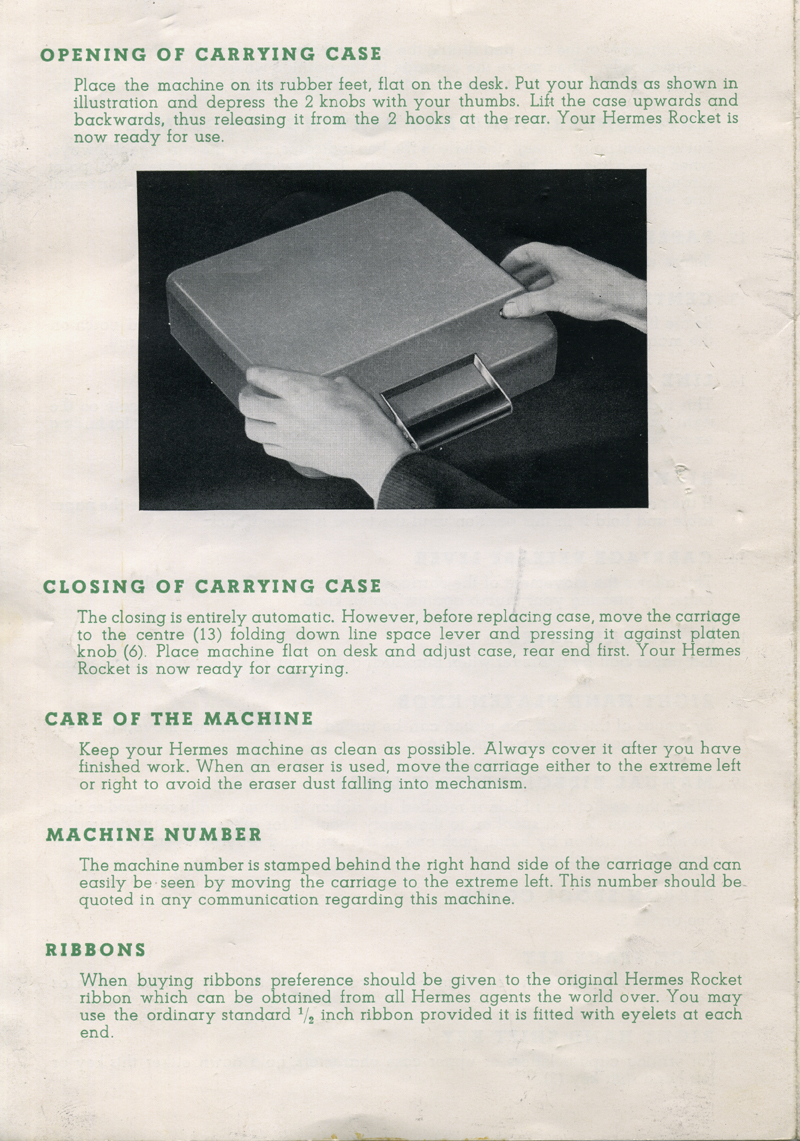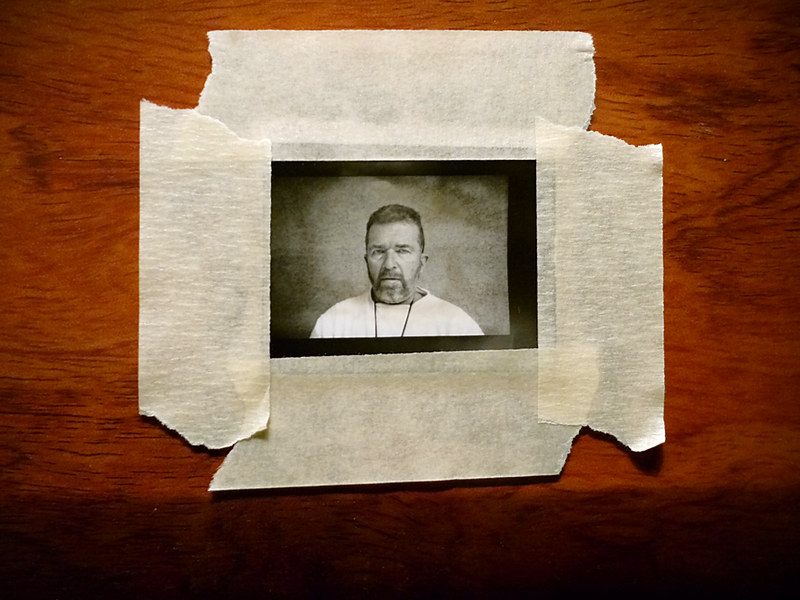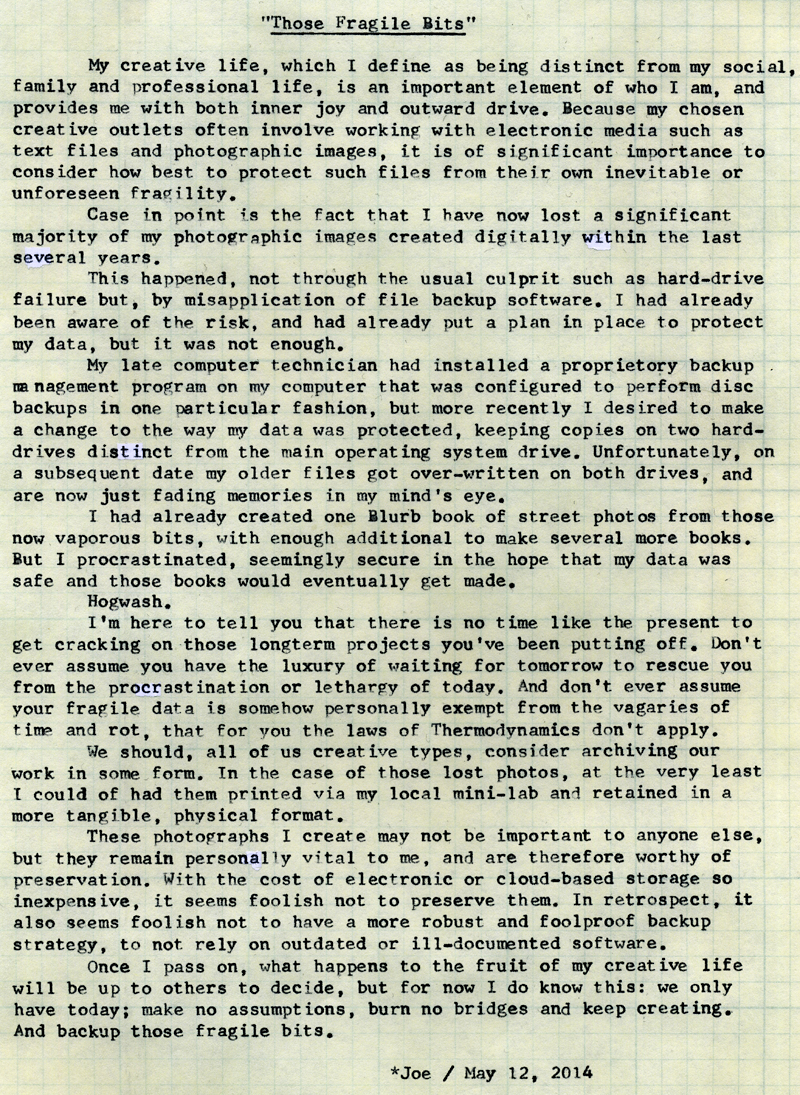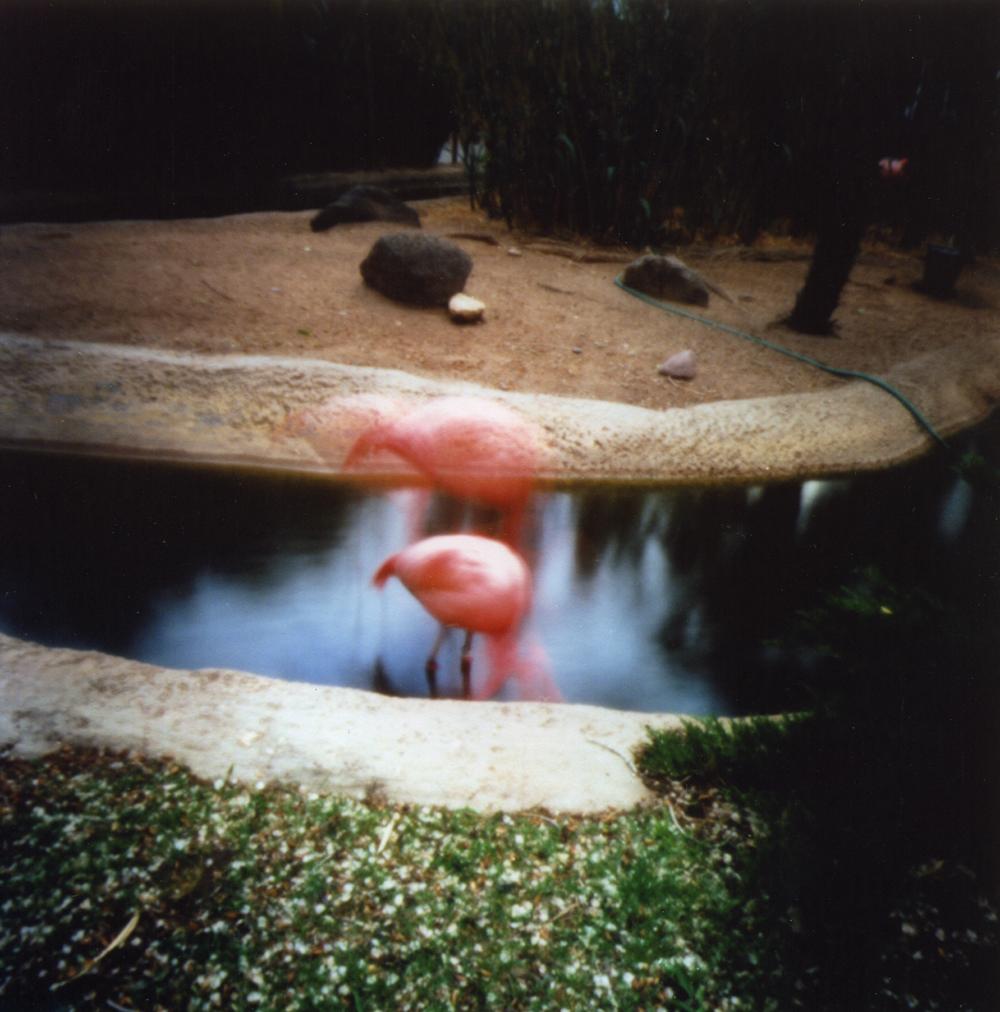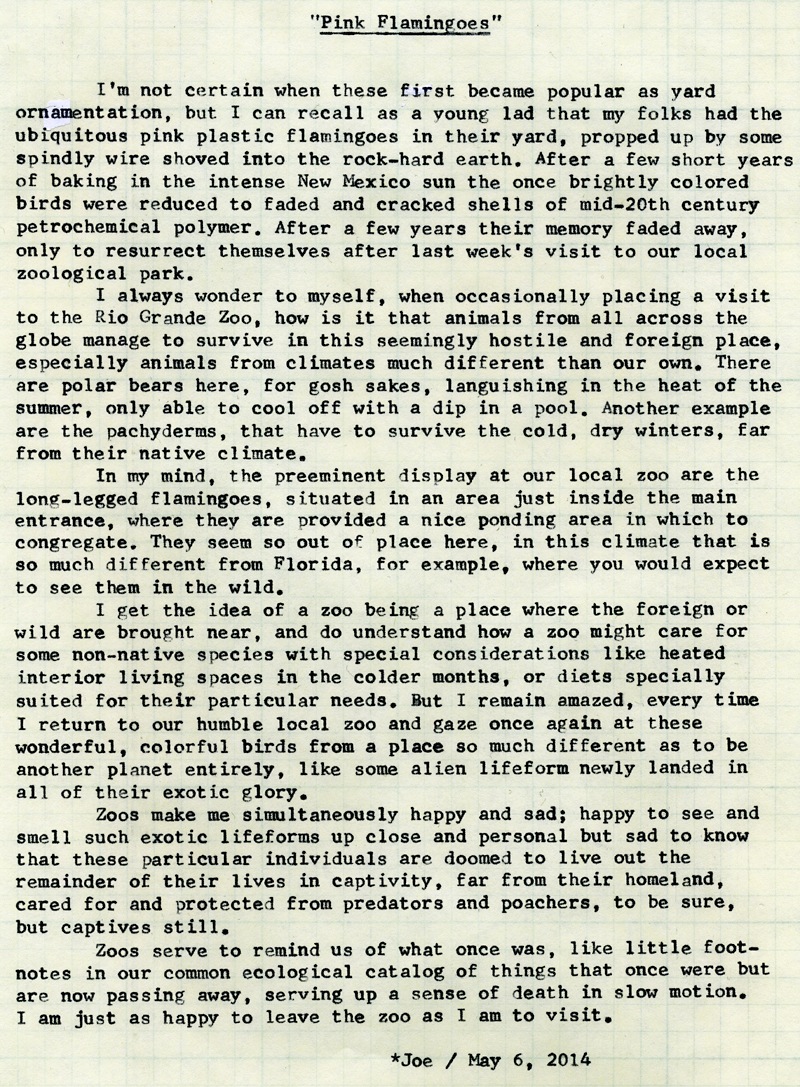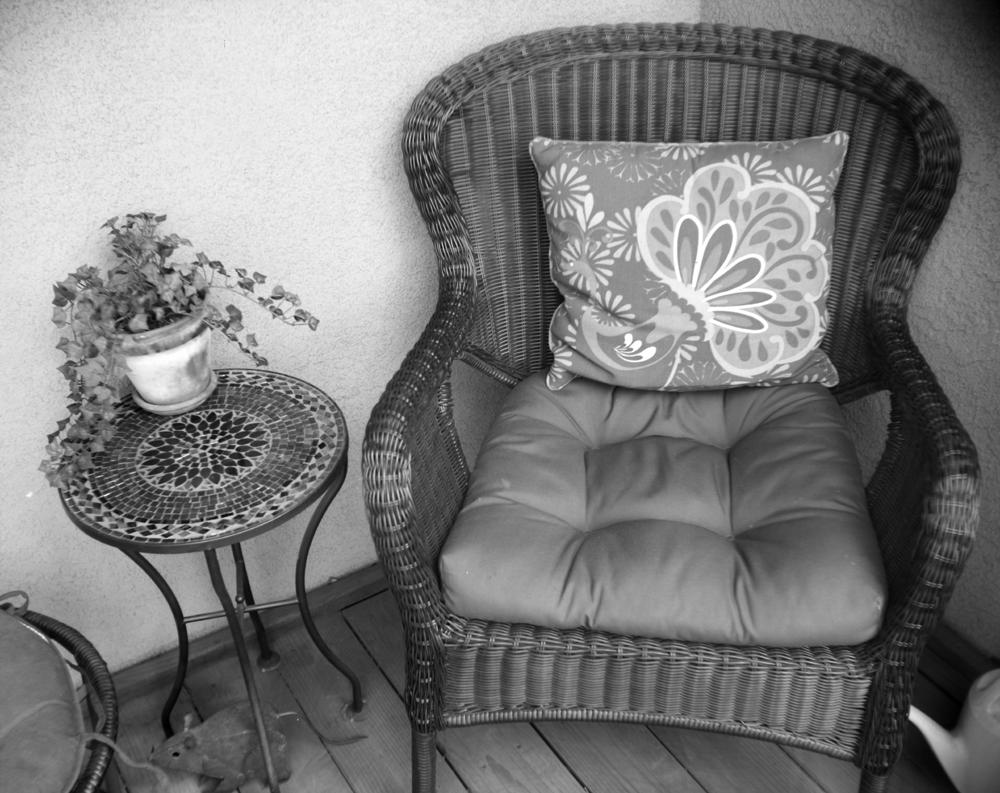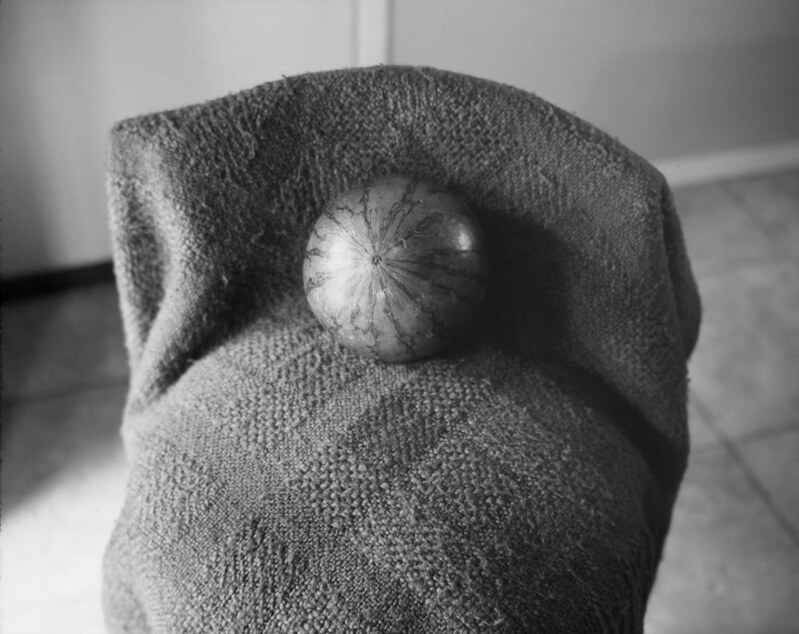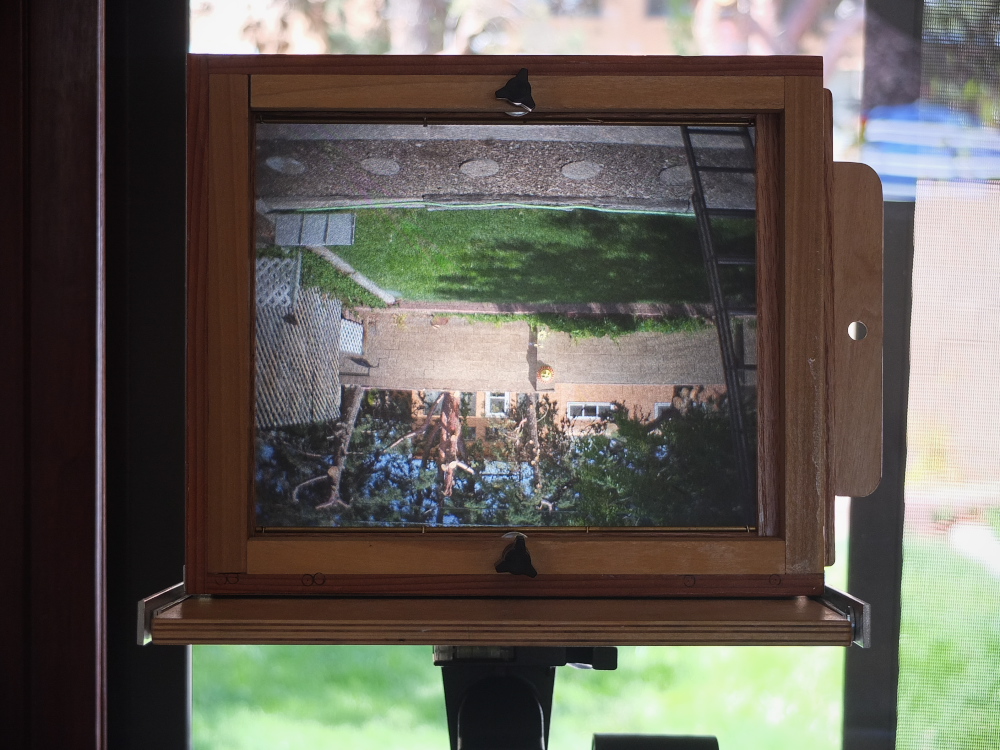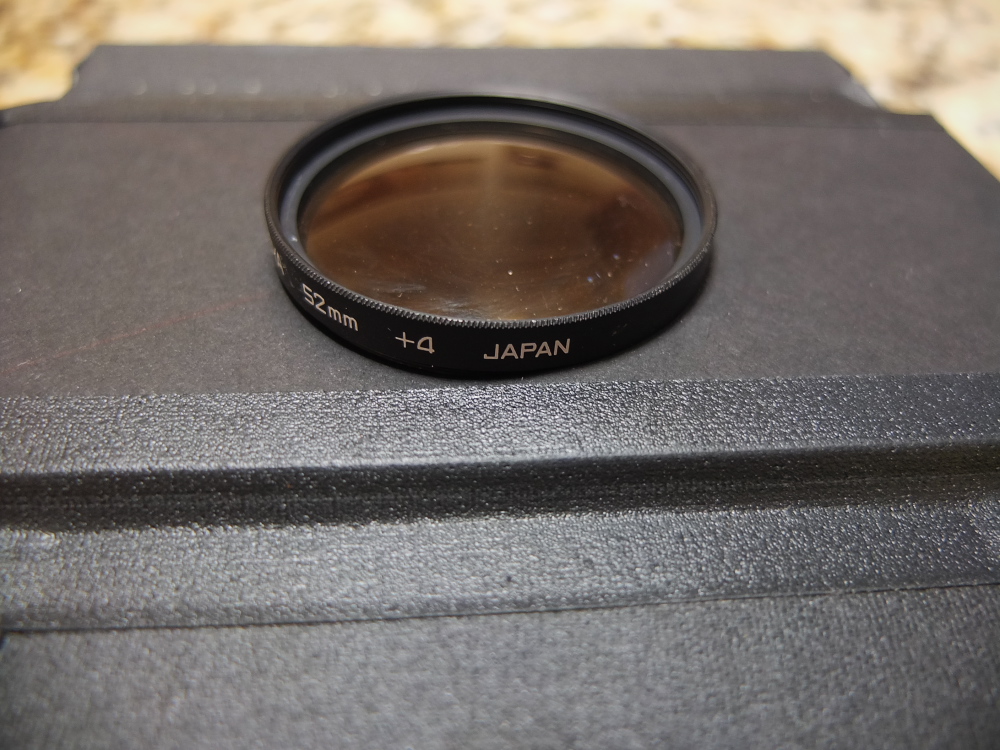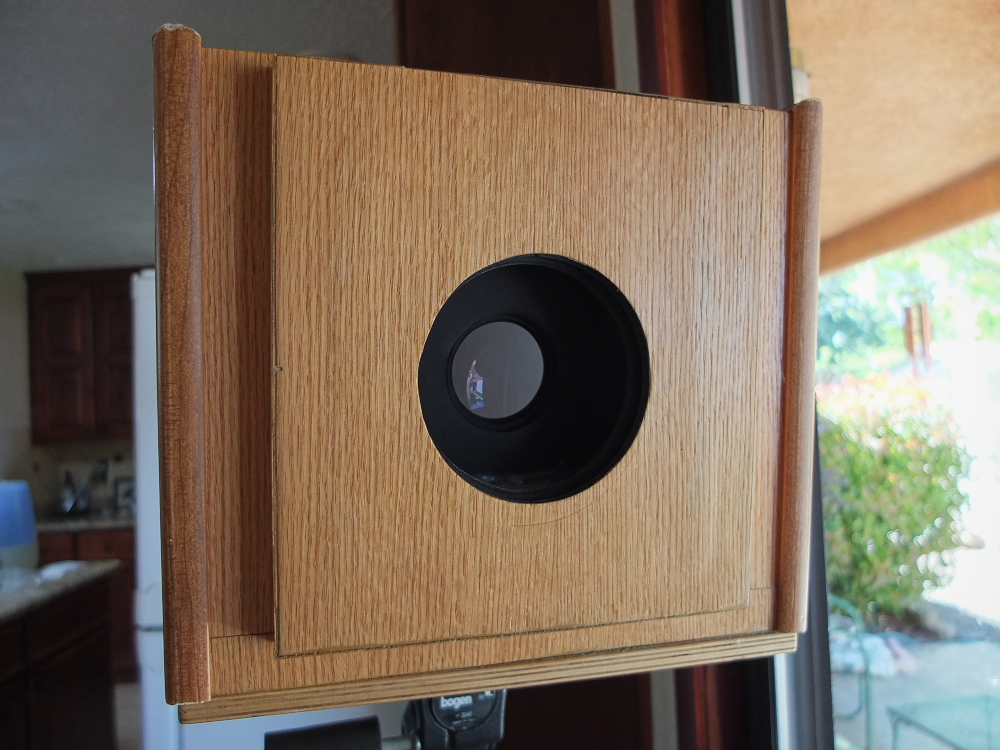A Tale of Three Lenses
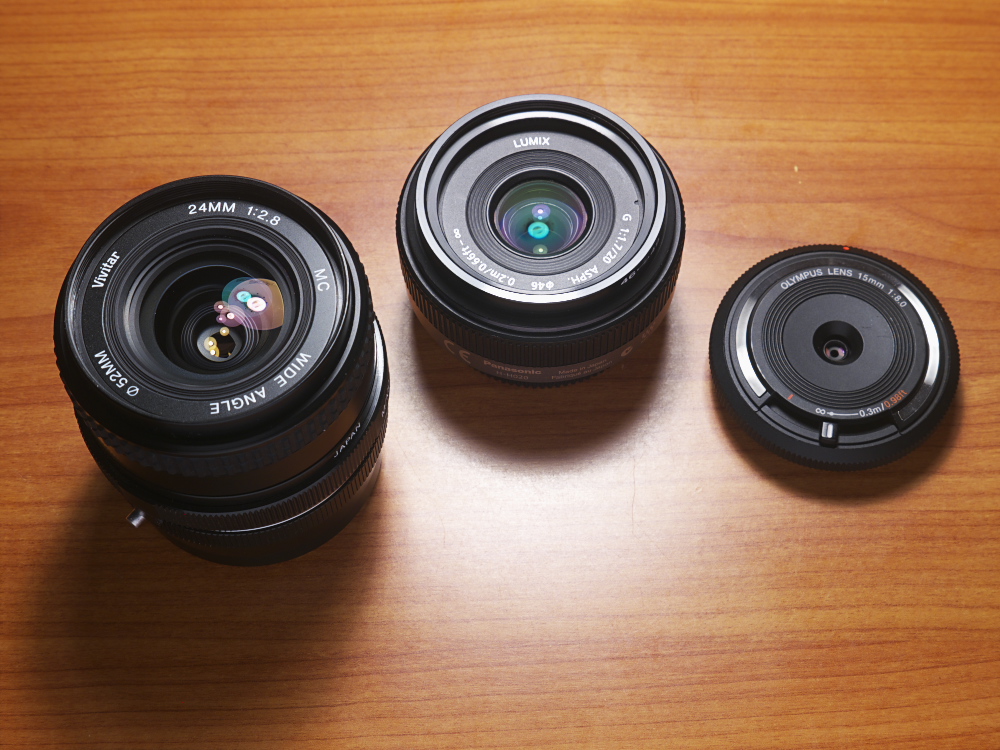
Regular readers of this blog might know that I dabble in photography, using a variety of techniques and equipment, among which is a micro-four-thirds format (m4/3) Panasonic Lumix G5 camera.
These are interchangeable-lens cameras that feature a lens mount-to-sensor-distance short enough that, with the proper lens adapter ring, virtually any film camera-era, manual focus lens can be made to work, in addition to the normal m4/3 system autofocus lenses.
Additionally, Olympus, which too makes m4/3-compatible cameras and lenses, also makes what is called a "body cap lens," a simple, inexpensive, fixed-aperture, manual focus lens fitted into a plastic m4/3 body cap.
While not purposefully intending to conduct a comparison test between these three families of lenses - system lenses, adapted manual lenses and body cap lenses - as it turns out I've spent the last three days creating images on the G5 using just this lens variety, first on Sunday with the Olympus 15mm, f/8 body cap lens, then on Monday with the Lumix 20mm, f/1.7 autofocus system lens, and finally today with a Vivitar 24mm, f/2.8 film camera lens in Minolta MD mount. I'd like to share with you my subjective experiences, along with a sampling of images.
First, a bit about the Lumix G5. It's a 16 megapixel camera that features an electronic viewfinder (or EVF), that permits one to see the live, electronic image from the camera at eye-level, handy for determining composition and focus without the image being washed out in bright sun, as can often happen with rear LCD screens.
For most of these images, I set up the camera to shoot in square format (one of my personal likes), and also to record both raw and JPEG files. I set the camera's film mode to Dynamic Monochrome, meaning that, while recording a full-color raw file, the live scene in the viewfinder is black & white; this being one of my preferred methods of composing images, and something not possible in cameras limited to strictly optical viewfinding.
In post-production back at home, I view and edit the raw files in SilkyPix raw developer software, whereas Windows permits me the opportunity to first view the B & W JPEGs in preview mode, as a way of culling out the keepers from the throwaways. Especially with urban photography, I'll often render the final images in color, even though they were first composed in monochrome.
The Olympus BCL-15 Body Cap Lens:
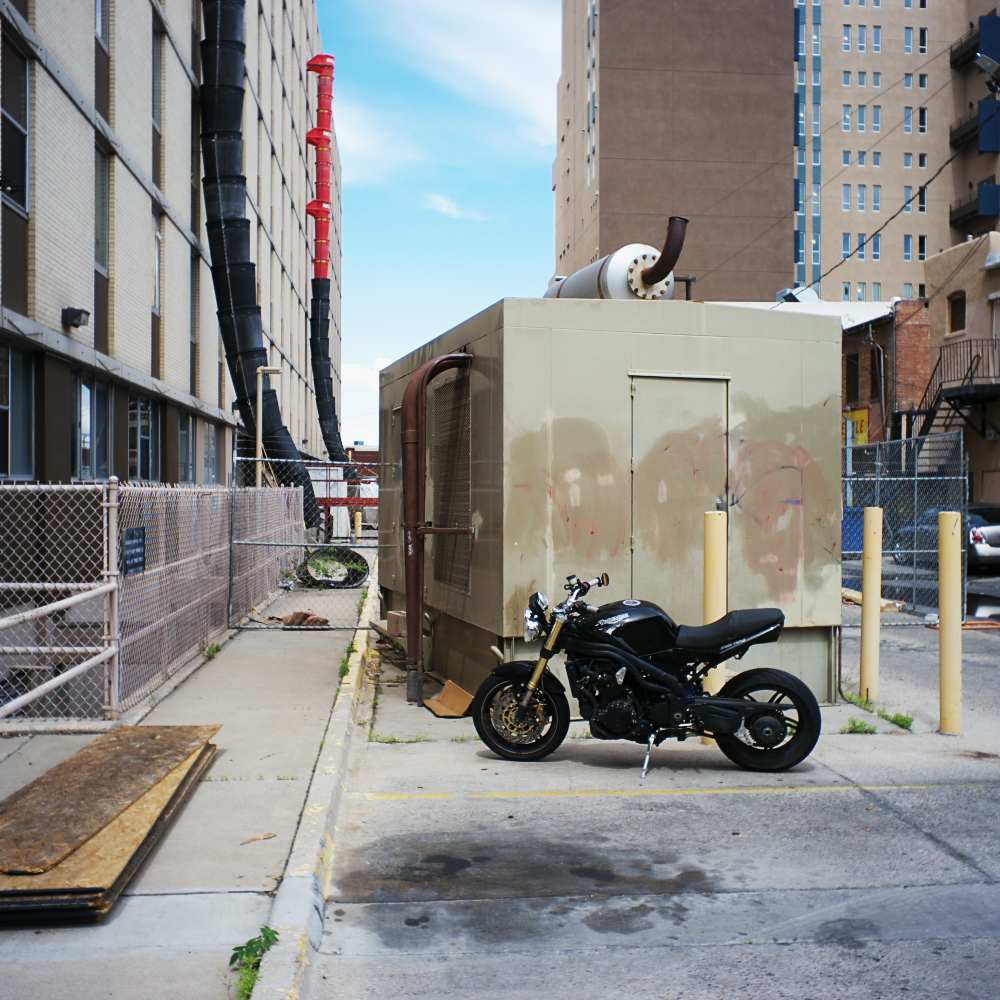
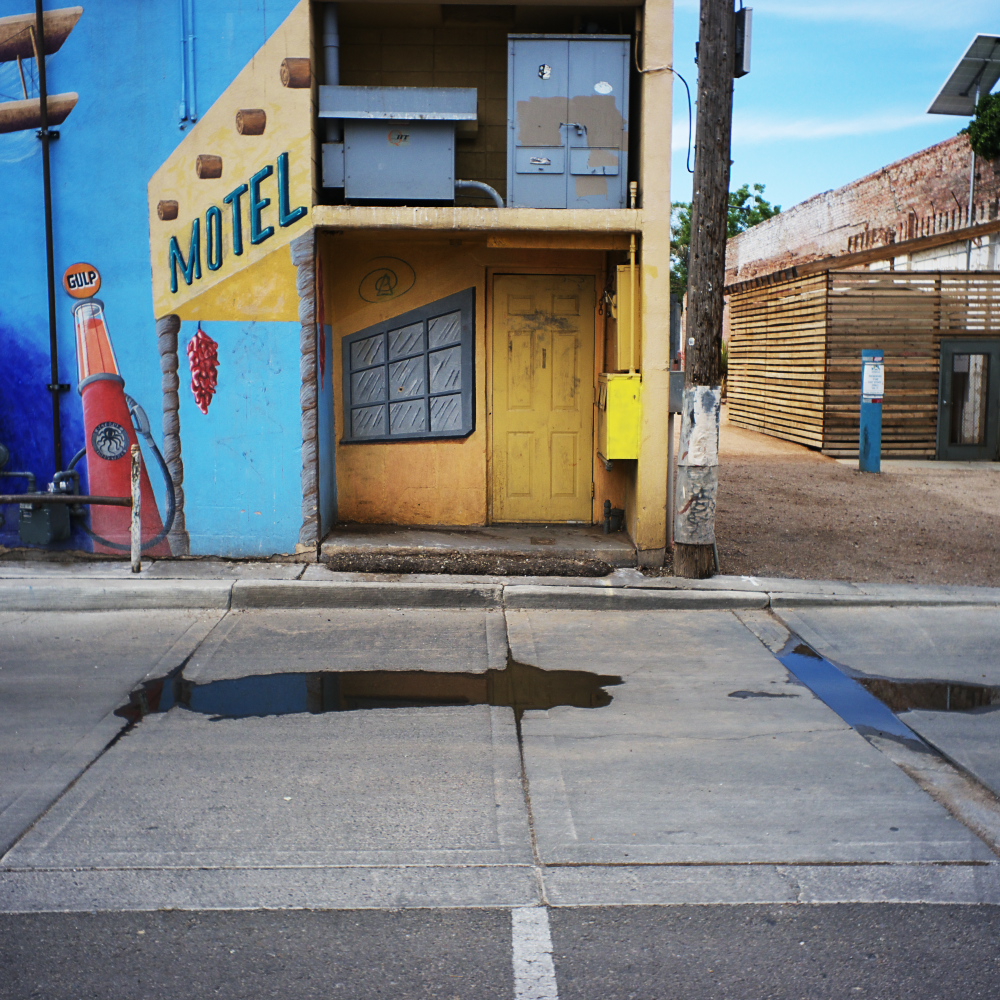
Okay, onto the lenses. First up is the little Olympus BCL-15 body cap lens. These cost around $50, and so one shouldn't expect great optical quality. They are, however, much better than a Holga or Lomo plastic camera lens. Its 30mm equivalent angle-of-view comes with some noticeable barrel distortion and chromatic aberration, both of which I correct for afterwards in SilkyPix using a custom development taste that I apply prior to any other adjustments.
The results are surprisingly good, but not as tack sharp as a better system lens.
The main advantage of this little guy is size, weight and responsiveness. With a preset focus detent at the hyperfocal distance of its fixed f/8 aperture, there's not a bit of focus-induced shutter delay. The camera becomes a speedy little point-and-shoot with this lens (and also noticeably lighter in weight), very responsive to quick-moving situations, since everything from about several feet outward are in adequate focus. When used along with the G5's optional silent electronic shutter mode, this combination makes for a deadly silent, compact and responsive street shooter.
In low light, you'd want to bump up the camera's ISO high enough to prevent motion blur (due to the lens's fixed f/8 aperture), and with that will come some noise, but this can often work out to good advantage in B & W, lending the image a film-like quality.
Along with turning the G5 into a quick and easy point-and-shoot street camera, the BCL-15 helps prolong the camera's battery life, since no power is being consumed running an autofocus system.
The Lumix 20mm-f/1.7 System Lens:
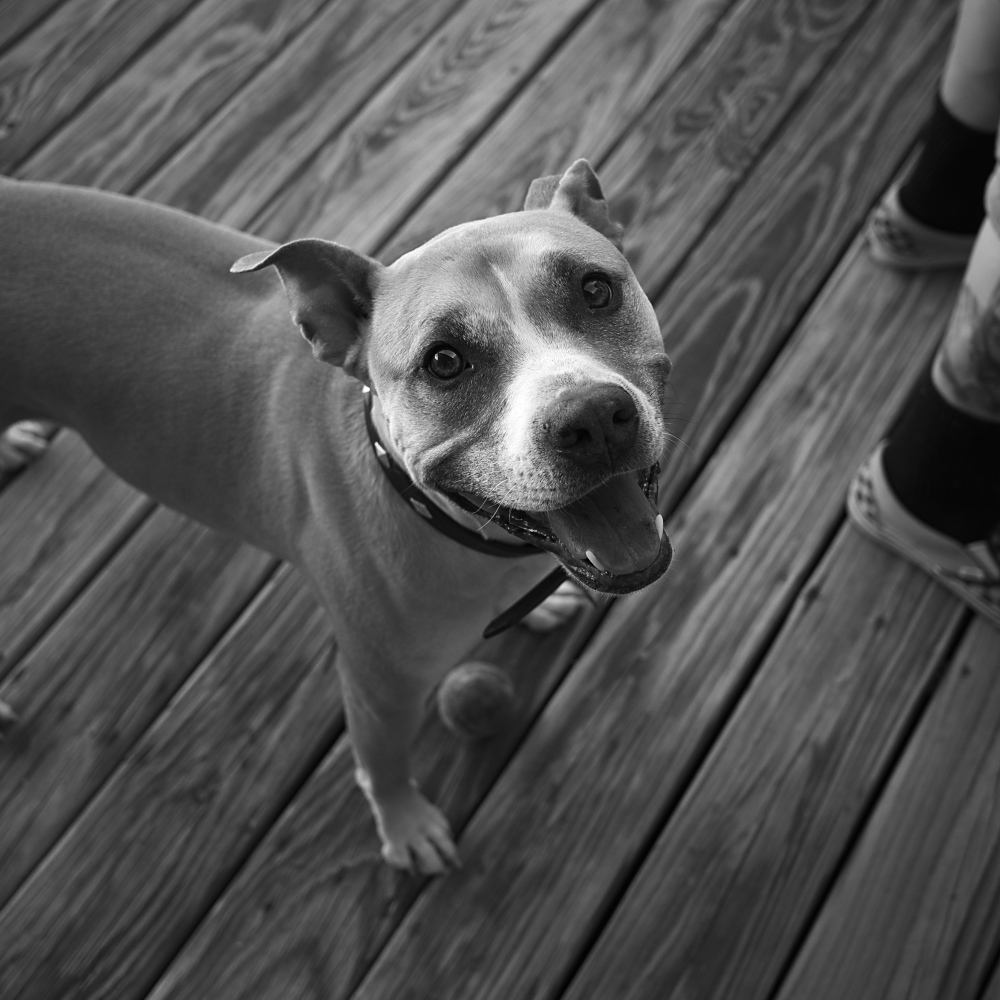
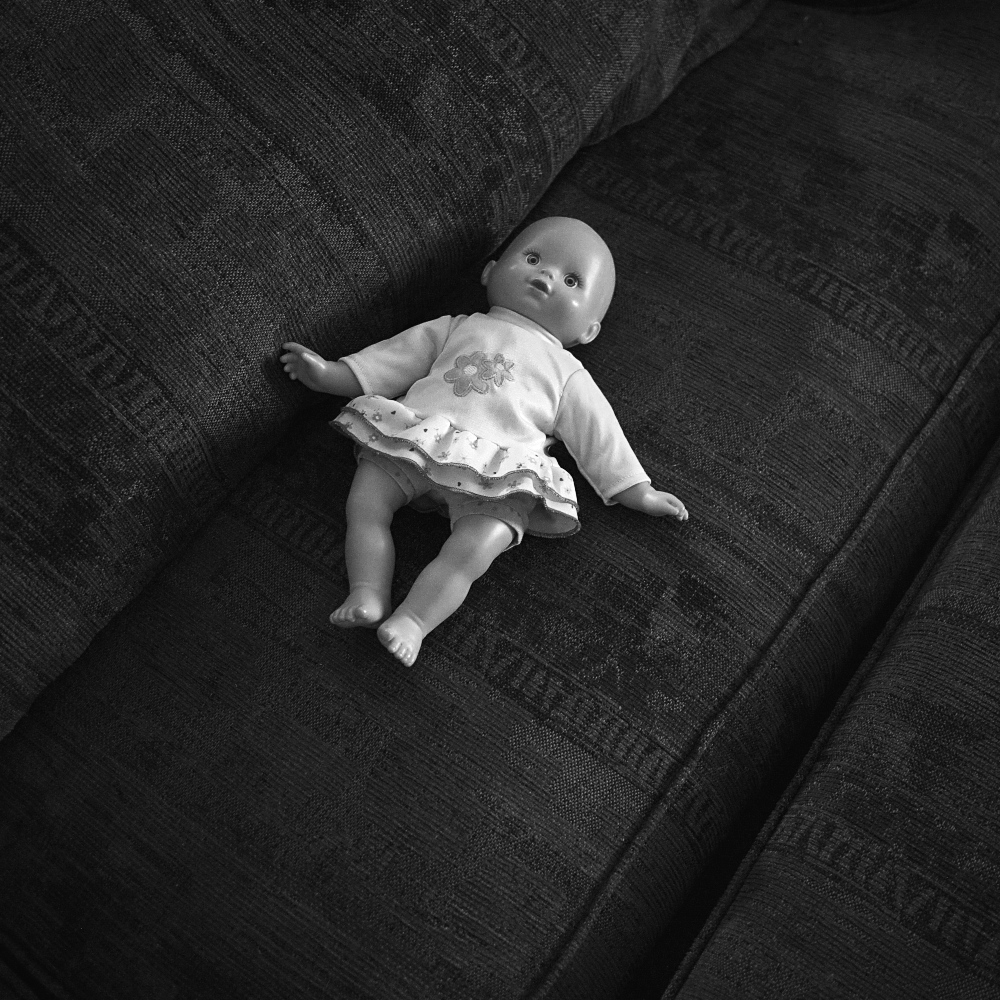
Next up is the Lumix 20mm, f/1.7 system lens. My copy is a 1st generation model, which is known to autofocus a bit slowly, while also making an audible motor sound, something you'd not want to use with video. Its main advantage is the wide-open f/1.7 aperture and its 40mm equivalent angle-of-view, about the same as human vision and a nice compromise between the wider 35mm and narrower 50mm equivalent angles-of-view. It's also a very small lens, just a bit longer than the Olympus 15mm body cap lens, protruding not much further than the camera's hand grip.
That wide-open aperture doesn't help you achieve shallow depth-of-focus images in bright sun, however, unless you employ an add-on neutral density filter, which helps by cutting down enough light entering the camera to permit wide open, f/1.7 apertures while keeping the shutter speed below the camera's maximum of 1/4000 second.
The images produced by the 20-1.7, especially above f/2.0 apertures, are very sharp, corner-to-corner. Of the three lenses used in this comparison, this one is obviously the sharpest, beaten only by its system lens stablemate, the venerable Lumix 14-45 (though not compared here).
So why not use this lens exclusively? Because it has a habit, in dim or low contrast light, of hunting for focus, even autofocusing in the wrong direction. I suppose I could operate this lens manually with its fly-by-wire focus ring; perhaps another round of testing is in order.
The Vivitar Series 5, 24mm-f/2.8 Minolta MD Lens:

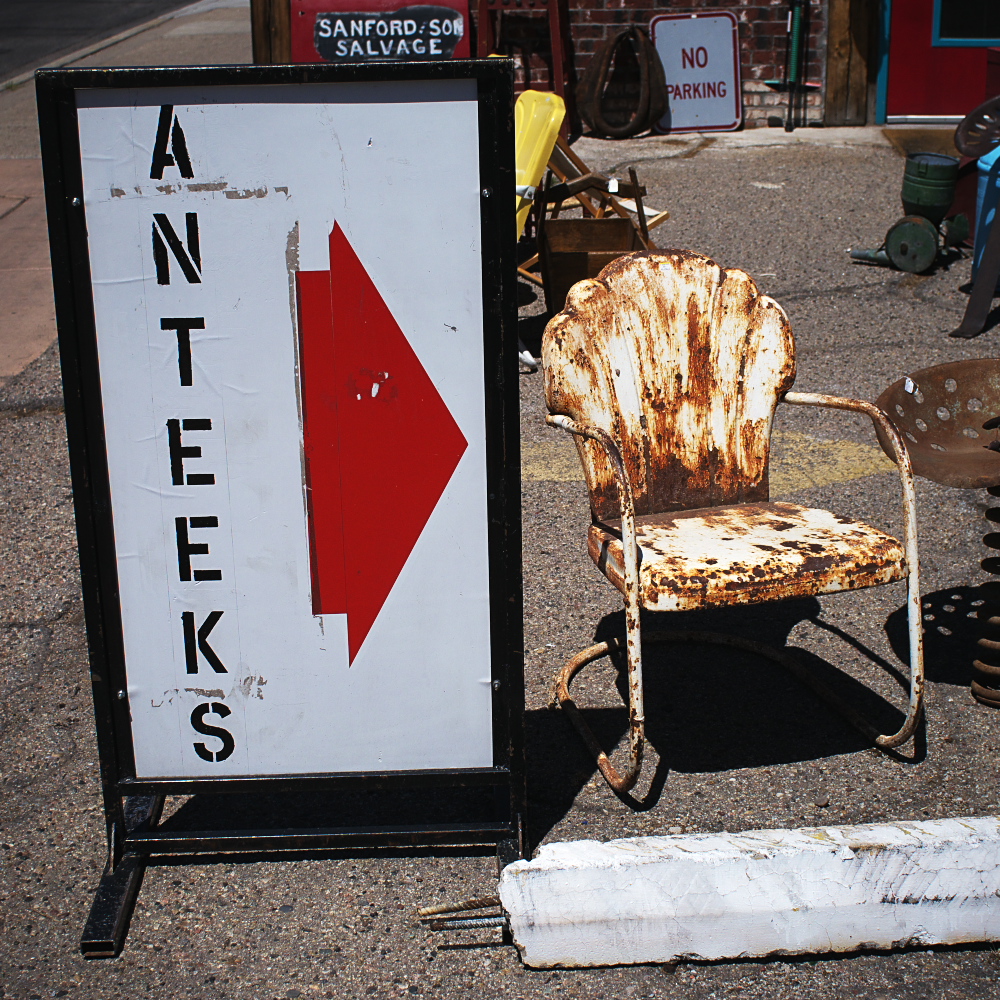
Which brings us to the last lens in our comparison, a film camera-era, manual focus, Vivitar Series 5, 24mm, f/2.8 lens in Minolta MD mount. It's heavy, it has a sexy, rubberized focus ring with a long focus throw and buttery-smooth feel, and a real aperture ring with nicely felt detents that go "click-click-click" as you change the aperture setting.
Shooting with this lens makes you feel like you're back in the 1970s - absent the afro and bell-bottoms - while being able to see that silvery, black & white, live-view image melt in and out of focus as you turn that heavenly smooth focus ring, with Jimmie Hendrix playing lead guitar in the background. It even looks the part.
But, snapping out of our ergonomic euphoria for one moment, we notice two things. One, the 48mm equivalent angle-of-view is a bit tight. While this might have been considered "normal" back in the day, I tend to like wider angles. I find myself stepping back when composing with this lens, as I've trained my eye with lenses like the Lumix 20-1.7.
Two, once in a post-production I notice the images, though obviously sharper and with less distortion than the little Olympus body cap lens, aren't up to the same performance level as either of my Lumix autofocus system lenses. This is because these newer lenses are software corrected, in-camera, to compensate for manufacturing and design deficiencies.
You'd have to get expensive glass like Leica or Zeiss to see some improvement over the Lumix lenses, and even then only if they were designed to compensate for the telecentricity demanded by digital sensors.
Conclusion: In the end, I found that I liked all three lenses, each for their own reasons, and found I can't see parting with any of them. Of the three, I suppose I could make do without the little body cap lens, provided I figured out an efficient way to operate the 20mm Lumix lens in lightning-fast, stealthy, street-photographer manual focus mode, since it comes the closest in size and weight.
Comparing the sample images from these three lenses, another thing evident is that quality of light, and subject matter, probably have more to do with a successful image than the lens itself. Consider the Olympus body cap images that were shot on a partly hazy morning with almost perfect light, then compare them with the Vivitar film camera lens - a much better piece of glass, to be sure - but shot on a harsh, sunny day near noontime. That cheap little plastic lens sure holds up well, doesn't it? As for the Lumix 20-1.7 images, I had intended from the outset to keep those monochrome, as the dim light and fast-moving subject matter demanded both a fast lens aperture and relatively high ISO. A totally different image aesthetic, but little to do with the particulars of the lens chosen.
I'll close with reflections on the benefits of a live-view, interchangeable lens camera system, like m4/3. Having a nice lens choice is nice. Seeing the live image in monochrome (or any other special effect) is nice. Being able to configure the camera, using various lenses, for specific uses, is nice. Lightweight and compact is nice. Nice is nice. There are other camera systems out there that might promise to do certain things better. But for the best combination of price, weight, size, functionality and flexibility, few things beat this system, as these three widely different and unique lenses demonstrate.
